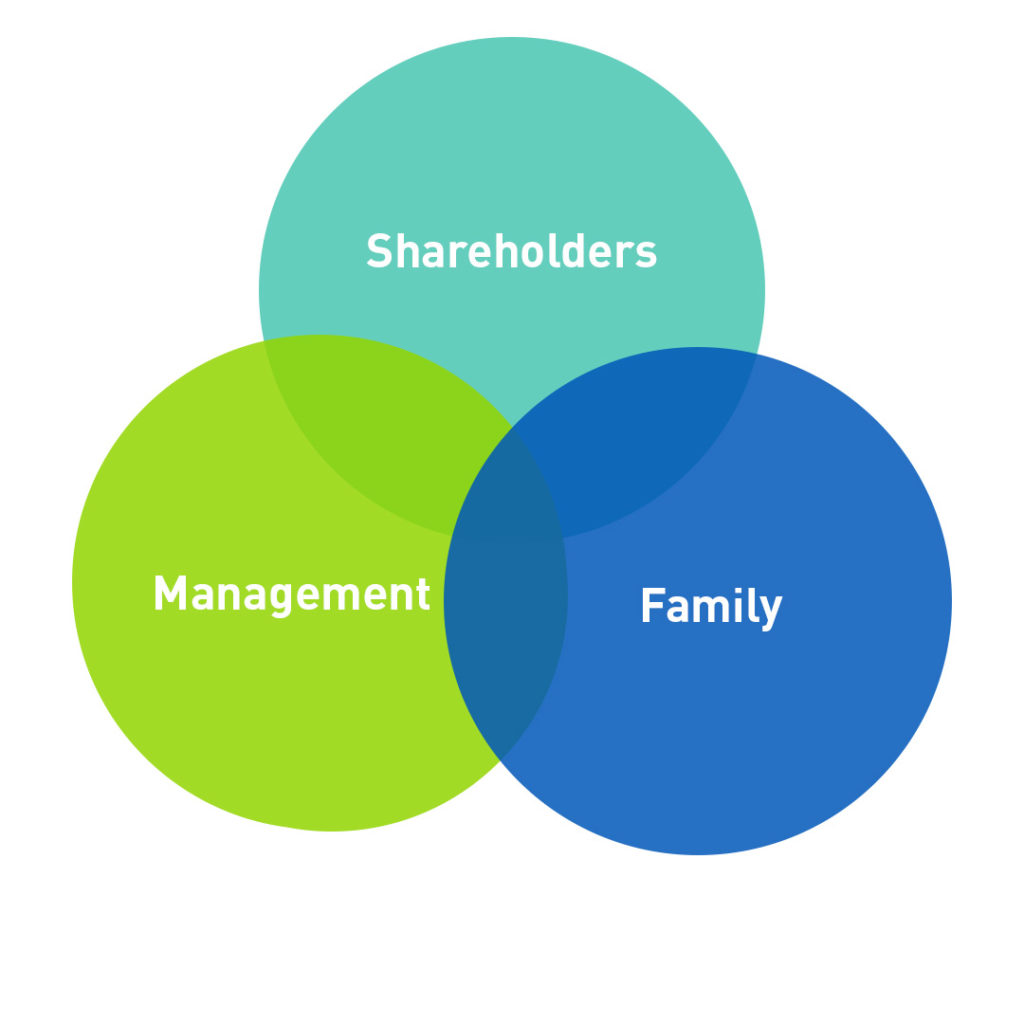Why Succession Planning?
Strategic succession planning is seldom done on a timely basis. Too often, you are focused on driving the growth curve of your business without appropriately considering a transition to the next generation of management and owners. Unfortunately, many family or management members are forced into a leadership role due to an unfortunate event, like the illness or passing of an owner with little or no planning to guide them. But it doesn’t have to be that way.
Having assisted so many Successor Managements in dealing with the chaos resulting from unplanned successions, we felt it was incumbent upon us to develop a flexible and easy to follow model to encourage timely assembly of a Succession Plan. Our NextGen Succession Planning Strategy is a proprietary guide gleaned from years of successful engagements and is designed principally to assist owners of closely-held and family-owned businesses like you, navigate through the creation of your Succession Plan. In it, you will find guidance on the transition of both management and ownership to the next generation under your terms.
We chose to craft our approach as a framework because your business is like no other and a unique solution has to be tailored to your particular circumstances. It is designed to guide the process from start to finish and at the operating / management level, is skillsets based. Our NextGen Succession Planning Strategy consists of a series of questions and key points to consider at each stage of the Succession Plan. It provides you with an independent and objective guide throughout the process with no “hooks” or any agenda other than your own.
How Does It Work?
TheNextGen Succession Planning Strategyis administered by an experienced Entrepreneur Advisory leader. The starting point is the identification of all stakeholders.
Once all stakeholders are identified, the objectives of the Current Management (CM) who are usually also the principal owners, are determined. At the early stage, questions such as who will decide how the process will run, what are the key assumptions, skillsets required, liquidity needs and projected operating metrics desired. Often, after this information is analyzed, a decision can be made on whether or not succession planning is viable.
Key barriers to proceeding tend to be the defined need for economic goals cannot be achieved, the absence of a number of required skillsets in the next generation of managers, or a lack of interest in the process – in short, nobody wants to take over. If that is the conclusion, it is not unusual for Succession Planning to evolve into Exit Planning – namely the sale of the business. See TransactReady®.
These individuals are usually found in one of three groups:

However, if there is an agreement to proceed, our framework can assist you along the way. It has components to address:
- Reasonableness of CM goals
- Liquidity assessment
- Family concerns (if present)
- Successor Management (SM) assessment, including reconciliation to CM goals
- Techniques to transfer value
- Corporate governance to add objectivity to the process
- Appropriate compensation considerations
- Communication plans – internal & external
- Documentation considerations – including action steps with responsibilities and timelines.
Never underestimate the need for a Succession Plan because in most cases, when there is a partial or complete sale of the business, most purchasers like to know there is a skilled team in place ready to move forward.

